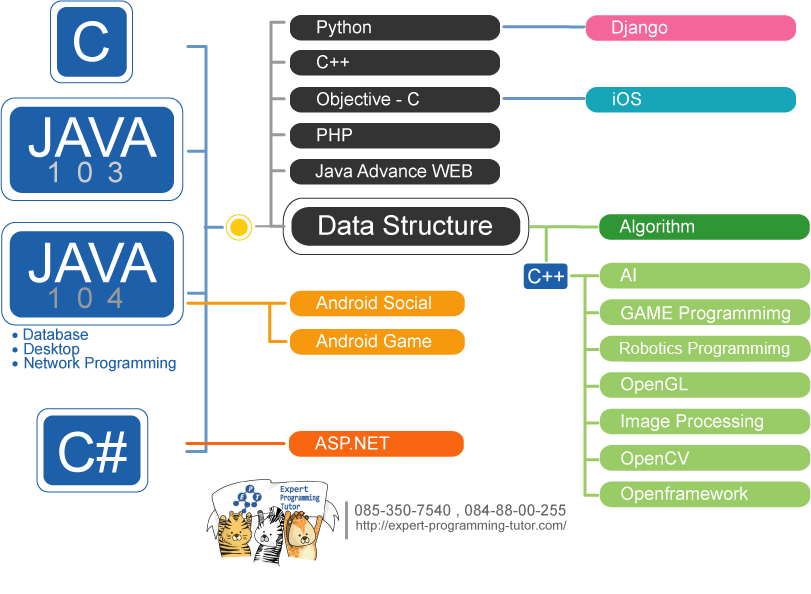เมื่อพูดถึงการพัฒนาเว็บแอปพลิเคชันในปัจจุบัน หนึ่งในเครื่องมือที่นักพัฒนาจะต้องรู้จักและใช้งานอย่างหลีกเลี่ยงไม่ได้คือ JSON (JavaScript Object Notation) และ Local Storage ความเข้าใจเกี่ยวกับสองแนวคิดนี้จะช่วยให้เราสามารถเขียนโปรแกรมที่สื่อสารข้อมูลระหว่างเซิร์ฟเวอร์และคลไดย์ได้อย่างมีประสิทธิภาพมากยิ่งขึ้น
JSON เป็นรูปแบบข้อมูลแบบเบาซึ่งมีความนิยมอย่างมากในโปรแกรมมิ่งยุคใหม่ เนื่องจากความเรียบง่ายและสะดวกในการใช้งาน โดย JSON มีการทำงานในรูปแบบ key-value pairs ซึ่งช่วยให้สามารถเก็บข้อมูลที่มีโครงสร้างซับซ้อนได้ในรูปแบบที่มนุษย์อ่านได้เข้าใจง่าย
ตัวอย่างการสร้าง JSON ข้อมูลผู้ใช้:
{
"name": "ศิรินารถ",
"age": 25,
"hobbies": ["อ่านหนังสือ", "ว่ายน้ำ", "เดินทาง"]
}
เมื่อต้องการเปลี่ยนข้อมูลจาก JSON เป็น JavaScript Object เราสามารถใช้ฟังก์ชั่น `JSON.parse()` ได้ และเมื่อเราต้องการแปลงจาก Object เป็น JSON เราจะใช้ `JSON.stringify()` ดูตัวอย่างได้ดังนี้:
const jsonString = '{"name": "ศิรินารถ", "age": 25}';
const userObject = JSON.parse(jsonString);
console.log(userObject.name); // Output: ศิรินารถ
const jsonObject = { name: "พิภพ", age: 29 };
const userJson = JSON.stringify(jsonObject);
console.log(userJson); // Output: {"name":"พิภพ","age":29}
Local Storage คือหนึ่งใน Web Storage APIs ที่เป็นประโยชน์มากในการเก็บข้อมูลระหว่าง session ของผู้ใช้บนเบราว์เซอร์โดยไม่เกี่ยวข้องกับเซิร์ฟเวอร์ ข้อดีของ Local Storage คือสามารถเก็บข้อมูลได้มากถึง 5MB และข้อมูลจะไม่ถูกลบทิ้งเมื่อปิดเบราว์เซอร์
วิธีการใช้งาน Local Storage:
// การบันทึกข้อมูลลงใน local storage
localStorage.setItem('username', 'กรกช');
// การดึงข้อมูลออกจาก local storage
const username = localStorage.getItem('username');
console.log(username); // Output: กรกช
// การลบข้อมูลจาก local storage
localStorage.removeItem('username');
การใช้ JSON และ Local Storage ร่วมกันจะมีประโยชน์อย่างยิ่งเมื่อเราต้องการจัดการข้อมูลที่ซับซ้อน เช่น เก็บข้อมูลผู้ใช้ในรูปแบบของ JSON และจัดเก็บใน Local Storage:
const user = { name: "วรณัน", age: 30 };
const userJson = JSON.stringify(user);
// บันทึก JSON ใน local storage
localStorage.setItem('user', userJson);
// การดึง JSON จาก local storage
const retrievedUser = JSON.parse(localStorage.getItem('user'));
console.log(retrievedUser.name); // Output: วรณัน
JSON และ Local Storage นับว่าเป็นเครื่องมือที่มีพลังในโลกของการพัฒนาเว็บในปัจจุบัน ความเข้าใจและการใช้งานที่ถูกต้องจะช่วยให้การจัดการข้อมูลในฝั่งผู้ใช้มีประสิทธิภาพและประโยชน์สูงสุด ไม่ว่าจะเป็นการเก็บข้อมูลระหว่าง session หรือการแปลงข้อมูลง่ายๆระหว่างเบราว์เซอร์และเซิร์ฟเวอร์
หากคุณต้องการเรียนรู้การเขียนโปรแกรมเพิ่มเติมและเข้าใจในเชิงลึกเกี่ยวกับ JSON หรือการทำงานกับ Web Storage APIs ต่างๆ การศึกษาที่ Expert-Programming-Tutor (EPT) อาจจะเป็นอีกทางเลือกหนึ่งที่ช่วยให้คุณพัฒนาทักษะในสายอาชีพนี้ได้อย่างมีประสิทธิภาพ
หมายเหตุ: ข้อมูลในบทความนี้อาจจะผิด โปรดตรวจสอบความถูกต้องของบทความอีกครั้งหนึ่ง บทความนี้ไม่สามารถนำไปใช้อ้างอิงใด ๆ ได้ ทาง EPT ไม่ขอยืนยันความถูกต้อง และไม่ขอรับผิดชอบต่อความเสียหายใดที่เกิดจากบทความชุดนี้ทั้งทางทรัพย์สิน ร่างกาย หรือจิตใจของผู้อ่านและผู้เกี่ยวข้อง
หากเจอข้อผิดพลาด หรือต้องการพูดคุย ติดต่อได้ที่ https://m.me/expert.Programming.Tutor/
Tag ที่น่าสนใจ: java c# vb.net python c c++ machine_learning web database oop cloud aws ios android
หากมีข้อผิดพลาด/ต้องการพูดคุยเพิ่มเติมเกี่ยวกับบทความนี้ กรุณาแจ้งที่ http://m.me/Expert.Programming.Tutor
085-350-7540 (DTAC)
084-88-00-255 (AIS)
026-111-618
หรือทาง EMAIL: NTPRINTF@GMAIL.COM
